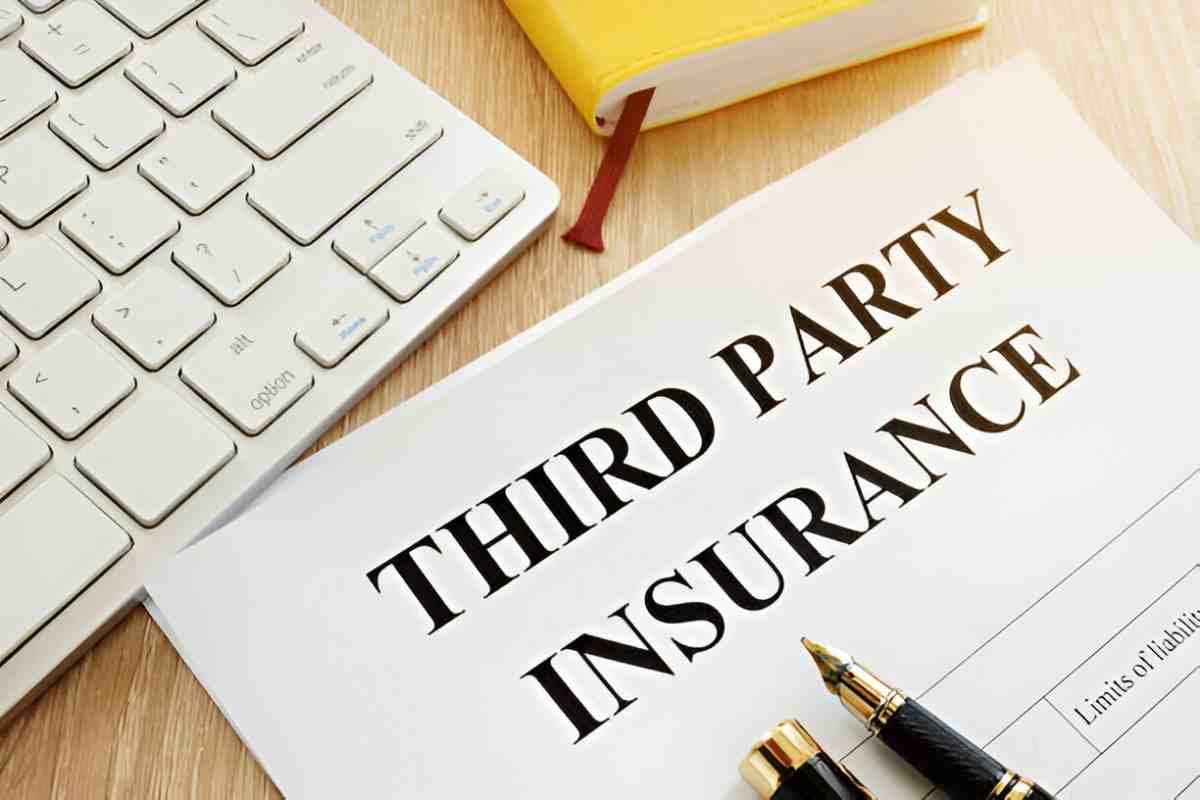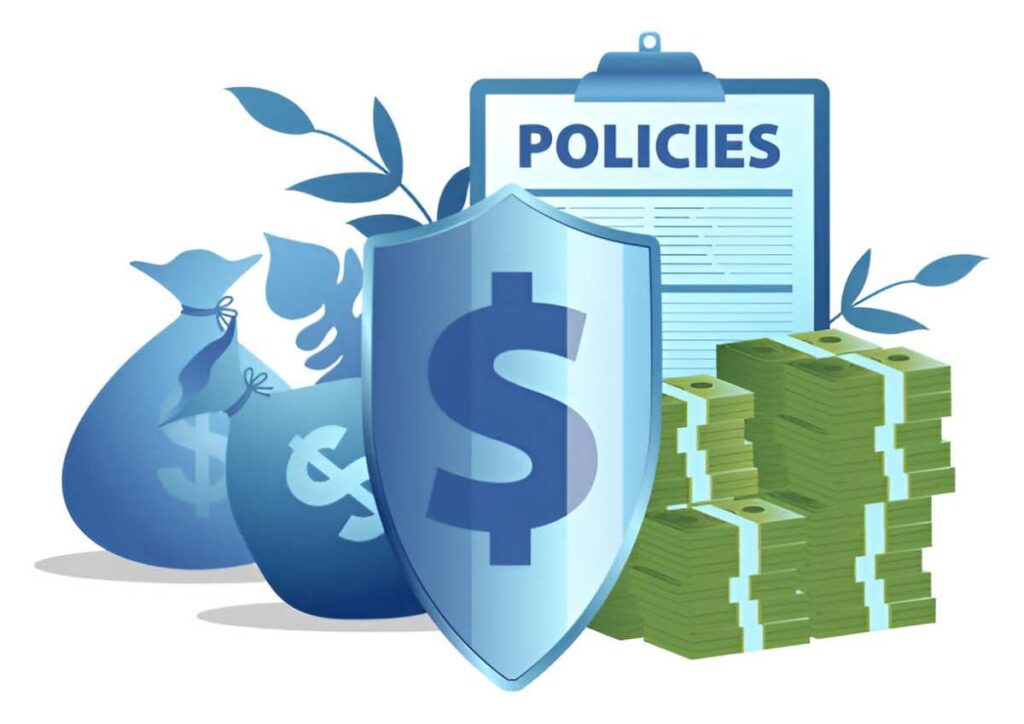As someone who has spent years navigating the complexities of finance and accounting, I’ve come to appreciate the importance of protecting what you’ve worked hard to build. One of the most effective ways to safeguard your assets is through third-party insurance. Whether you’re a homeowner, a business owner, or simply someone who wants to mitigate financial risks, understanding third-party insurance is crucial. In this guide, I’ll break down everything you need to know about third-party insurance, why it matters, and how it can protect you from unexpected liabilities.
Table of Contents
What Is Third-Party Insurance?
Third-party insurance is a type of liability coverage that protects you against claims made by someone else (the third party) for damages or injuries caused by you, your property, or your actions. Unlike first-party insurance, which covers your own losses, third-party insurance focuses on compensating others for harm you may have caused.
For example, if you’re driving and accidentally hit another car, your third-party auto insurance would cover the repair costs for the other driver’s vehicle. Similarly, if a customer slips and falls in your store, third-party liability insurance would cover their medical expenses.
Why Third-Party Insurance Matters
In the U.S., lawsuits and liability claims are common. Without proper coverage, a single claim could wipe out your savings, your business, or even your home. Third-party insurance acts as a financial safety net, ensuring that you don’t have to pay out of pocket for damages or legal fees.
Consider this: the average cost of a liability claim in the U.S. can range from a few thousand dollars to millions, depending on the severity of the incident. For small businesses, a single lawsuit could mean bankruptcy. For individuals, it could mean losing their home or retirement savings. Third-party insurance helps you avoid these catastrophic outcomes.
Types of Third-Party Insurance
Third-party insurance comes in various forms, each designed to address specific risks. Here are the most common types:
1. Auto Liability Insurance
Auto liability insurance is mandatory in most states. It covers damages or injuries you cause to others while driving. This includes:
- Bodily Injury Liability: Covers medical expenses, lost wages, and legal fees if you injure someone in an accident.
- Property Damage Liability: Covers repair or replacement costs for damaged property, such as another vehicle or a fence.
For example, if you cause an accident that results in $50,000 in medical bills for the other driver and $10,000 in vehicle repairs, your auto liability insurance would cover these costs, up to your policy limits.
2. General Liability Insurance
General liability insurance is essential for businesses. It covers claims related to bodily injury, property damage, and personal injury (such as slander or libel). For instance, if a customer slips on a wet floor in your store and sues you for $100,000, your general liability insurance would cover the legal fees and settlement costs.
3. Professional Liability Insurance
Also known as errors and omissions (E&O) insurance, this type of coverage protects professionals (e.g., doctors, lawyers, consultants) from claims of negligence or inadequate work. For example, if a client sues you for providing incorrect financial advice that led to a loss, professional liability insurance would cover the legal costs and damages.
4. Product Liability Insurance
If you manufacture or sell products, product liability insurance protects you from claims related to defective or harmful products. For example, if a customer is injured by a faulty appliance you sold, this insurance would cover their medical expenses and any legal fees.
5. Homeowners Liability Insurance
Homeowners insurance typically includes liability coverage for accidents that occur on your property. For instance, if a guest falls down your stairs and sues you for $30,000, your homeowners liability insurance would cover the costs.
How Third-Party Insurance Works
Third-party insurance operates on the principle of indemnity, which means it aims to restore the third party to their original financial position before the incident. Here’s how it works:
- Incident Occurs: An accident or event causes damage or injury to a third party.
- Claim Filed: The third party files a claim against you.
- Investigation: The insurance company investigates the claim to determine liability and the extent of damages.
- Settlement: If the claim is valid, the insurance company pays the third party, up to the policy limits.
For example, let’s say you’re a contractor, and a client sues you for $200,000 because of a construction error. Your general liability insurance would cover the claim, minus your deductible. If your policy limit is $1 million, you’d only pay the deductible, and the insurance company would handle the rest.
Calculating Coverage Needs
Determining how much third-party insurance you need depends on your assets, risks, and potential liabilities. Here’s a simple formula to estimate your coverage needs:
Coverage\ Needed = Total\ Assets + Potential\ LiabilitiesFor example, if you own a home worth $300,000, have $50,000 in savings, and face potential liabilities of $200,000, you’d need at least $550,000 in coverage.
Example Calculation
Let’s say you’re a small business owner with the following assets and liabilities:
- Business property: $500,000
- Inventory: $100,000
- Potential liabilities: $400,000
Using the formula:
Coverage\ Needed = 500,000 + 100,000 + 400,000 = 1,000,000You’d need at least $1 million in general liability insurance to fully protect your business.
Comparing Third-Party Insurance Policies
When shopping for third-party insurance, it’s important to compare policies to find the best coverage at the most affordable price. Here’s a comparison table to help you evaluate different policies:
| Policy Feature | Policy A | Policy B | Policy C |
|---|---|---|---|
| Coverage Limit | $1,000,000 | $2,000,000 | $500,000 |
| Deductible | $1,000 | $2,500 | $500 |
| Premium Cost (Annual) | $1,200 | $2,000 | $800 |
| Additional Coverage | None | Cyber Liability | Product Liability |
As you can see, Policy B offers the highest coverage limit and includes cyber liability coverage, but it also has the highest premium and deductible. Policy C is the most affordable but offers the lowest coverage limit. Your choice will depend on your specific needs and budget.
Common Misconceptions About Third-Party Insurance
Many people underestimate the importance of third-party insurance or misunderstand how it works. Here are some common misconceptions:
1. “I Don’t Need It Because I’m Careful”
Accidents happen, no matter how careful you are. Even a minor mistake can lead to significant financial consequences.
2. “My Business Is Too Small to Need It”
Small businesses are often more vulnerable to lawsuits because they may lack the resources to fight claims. Third-party insurance ensures that a single claim doesn’t bankrupt your business.
3. “It’s Too Expensive”
While premiums can vary, the cost of third-party insurance is often far less than the cost of a lawsuit or liability claim.
Real-Life Examples
To illustrate the importance of third-party insurance, let’s look at two real-life scenarios:
Example 1: Auto Accident
John, a freelance graphic designer, was driving to a client meeting when he accidentally rear-ended another car. The other driver suffered whiplash and filed a claim for $50,000 in medical expenses and $10,000 in vehicle repairs. Fortunately, John had auto liability insurance with a $100,000 limit. His insurance covered the entire claim, and John only had to pay his $1,000 deductible.
Example 2: Slip-and-Fall Accident
Sarah owns a small café. One day, a customer slipped on a wet floor and broke their arm. The customer sued Sarah for $75,000 in medical expenses and lost wages. Sarah’s general liability insurance covered the claim, saving her from financial ruin.
Conclusion
Third-party insurance is a vital tool for protecting your assets and financial future. Whether you’re an individual or a business owner, the right coverage can shield you from unexpected liabilities and give you peace of mind. By understanding your risks, calculating your coverage needs, and comparing policies, you can make informed decisions that safeguard what matters most.
Remember, the cost of insurance is a small price to pay for the security it provides. Don’t wait until it’s too late—take the time to evaluate your needs and invest in the right third-party insurance today.
This article is designed to be informative, practical, and easy to understand, while also incorporating SEO best practices and mathematical expressions for clarity. By following this guide, you’ll be well-equipped to protect your assets and navigate the world of third-party insurance with confidence.





